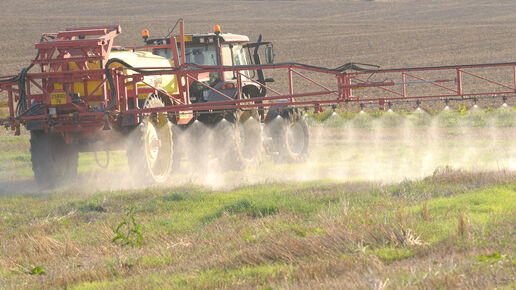Glyphosate: safety of residue levels reviewed

EFSA has completed its review of the maximum levels of glyphosate that are legally permitted to be present in food. The review is based on data on glyphosate residues in food submitted to EFSA by all EU Member States.
The maximum residue levels (MRLs) are set to ensure that consumers continue to be protected against excessive quantities of glyphosate in their diet. They are based on an analysis of all existing authorised uses of the herbicide in the EU.
Uncertainties resulting from gaps in the data submitted are indicated in the assessment (see the full Reasoned Opinion for details).
The review – covering all crops treated with glyphosate – includes a risk assessment A specialised field of applied science that involves reviewing scientific data and studies in order to evaluate risks associated with certain hazards. It involves four steps: hazard identification, hazard characterisation, exposure assessment and risk characterisation. which shows that current exposure Concentration or amount of a particular substance that is taken in by an individual, population or ecosystem in a specific frequency over a certain amount of time. levels are not expected to pose a risk to human health. For this assessment EFSA compared the diets of adults and children in the EU with the safe intake The amount of a substance (e.g. nutrient or chemical) that is ingested by a person or animal via the diet. values that EFSA recommended in 2015.
Animal health
Data from the MRL review formed part of the evidence used in a second report, also published today, which assesses the potential impact on animal health of glyphosate residues in feed.
The assessment looked at all available information on the presence of glyphosate in feed, including imported feed. It concludes that glyphosate is not expected to have an impact on the health of cattle, sheep, pigs, horses and chickens.
What are MRLs?
MRLs are the upper levels of pesticide Substance used to kill or control pests, including disease-carrying organisms and undesirable insects, animals and plants. residues that are legally permissible in or on food or animal feed, based on good agricultural practice and the lowest consumer exposure necessary to protect vulnerable consumers. They are derived after a comprehensive assessment of the properties of the active substance and the intended use of the pesticide. These legal limits also apply to imported food and feed.
Links to science
How to contact us
EFSA Media Relations Office
Tel. +39 0521 036 149
E-mail: press [at] efsa.europa.eu (Press[at]efsa[dot]europa[dot]eu)
(Only if you are a member of the press)
Ask a Question Service
You have a question about EFSA’s work? Contact our Ask a Question service!